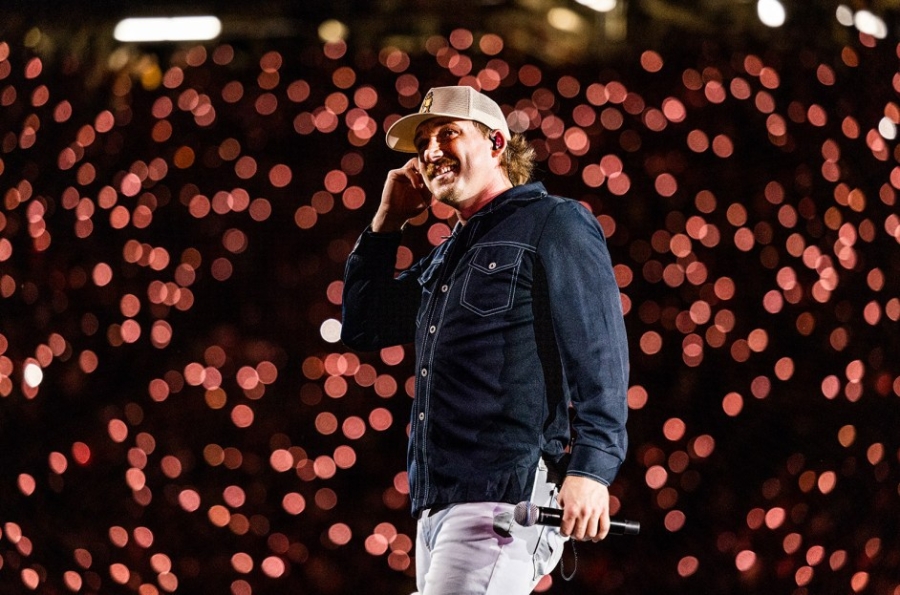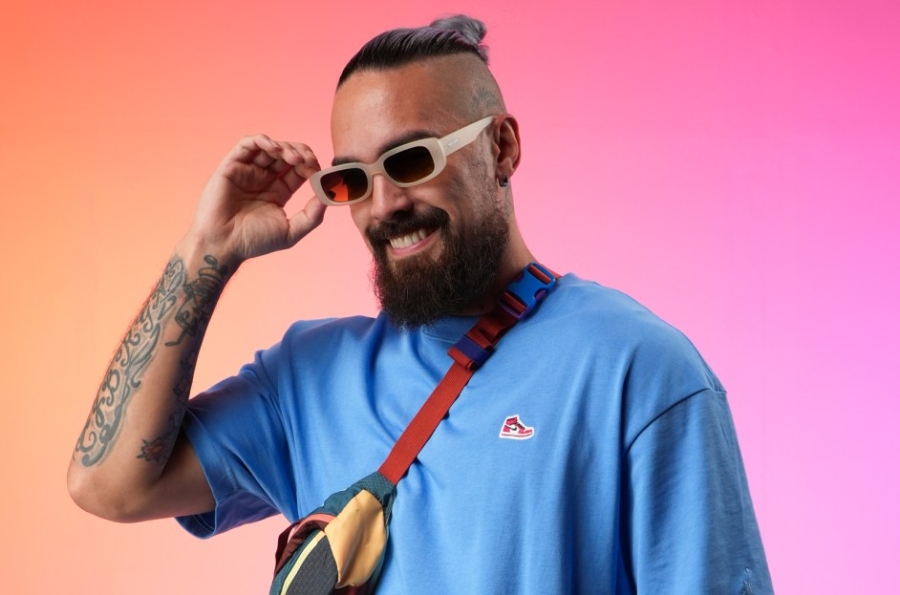One of the most essential visual elements of John’s artistic persona? His sunglasses. “If you Google ‘Elton John,’ 99.99% of the time he’s wearing glasses,” says costume designer Julian Day, who commissioned 80 pairs of frames for the film. He prepped for the task by touring the artist’s private clothing archive and studying the work of designer Bob Mackie, the mastermind behind John’s glitzy glam-rock stage wear in the early 1970s. “I dissected what [Bob] did and then thought about where that inspiration came from: Venetian festivals? The Rio Carnival? I designed from there.”

For his part, Mackie says that “very early on, I had this Dickens notion of [John], like an adorable imp, [which] his glasses enhanced.” But the designer, who famously redefined pop’s look through his costuming for John, Cher and Diana Ross, points out that he never had a say in the glasses John accessorized with -- they were a “wholly separate” part of the design process over which John retained control. “I have no idea how many prescription, diamond-studded and bedazzled pairs he owned, but he certainly had enough to go with everything.”
Rumored to own over 200,000 frames, John always carefully considered his excessive eyewear, according to Marie Wilkinson, design director of British luxury eyewear brand Cutler and Gross, which John has collaborated with since the early ’70s. “When Elton comes into the store to buy, he always has different looks in mind,” says Wilkinson. “Whether it’s theatrical or he’s taking his kids to school, he wants the glasses to work.”

Day says he “can’t think of anybody else who has had as huge an impact with glasses.” David Cox, one of the United Kingdom’s last remaining handmade spectacle frame-makers who crafted nine different pairs for Rocketman, agrees, saying that when John came along, “glasses became part of making a fashion statement.”
It was partly a matter of timing: John’s career took off during an era in which eyewear materials, shapes and color options were radically changing. Lenses that traditionally had been made of thick glass were replaced with plastic lenses, and frames became available in multiple hues. But John’s commitment to eyewear, even after he stopped wearing overt costumes in 1986, has arguably shaped the evolution of the global eyewear industry, which is estimated to exceed a value of $167 billion by 2023, according to a report by Research and Markets. Pairs of John’s auctioned in 1988 sold for up to $16,830.

This article originally appeared in the May 25 issue of Billboard.






